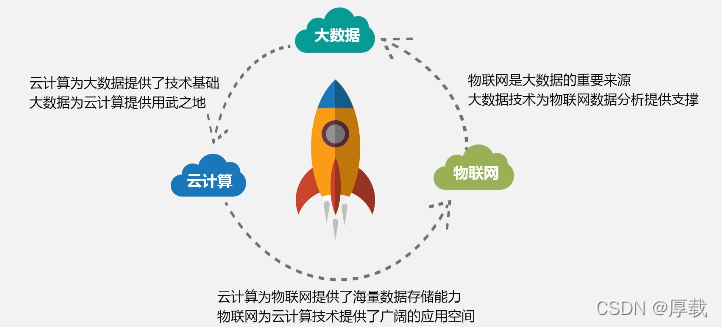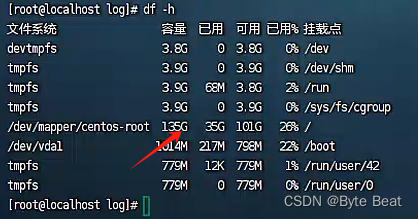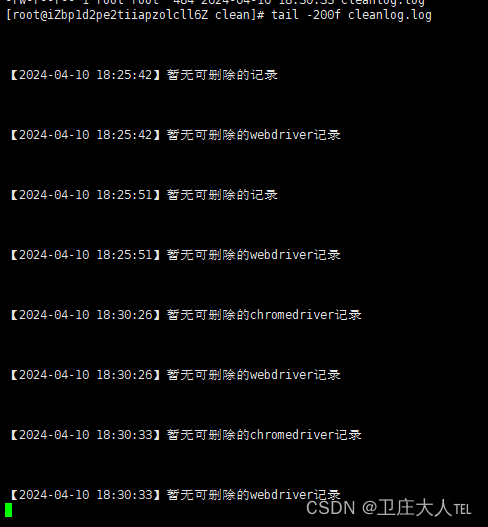在三维空间中,任意的曲面都可以通过特定的方法映射到一个二维参数平面上,从而对其进行详细的几何分析和处理。首先,我们需要从三维模型中提取出特定的曲面,这通常被称为“Face”。一个face可以被视为三维空间中的一个封闭区域,它由一系列的边界线(即wires)所围成。为了将这个三维face映射到二维参数平面上,我们需要首先获取构成该face的所有wires。接下来,我们需要对这些wires进行分类,区分出哪些是外边界,哪些是内边界。这一判断过程基于每个wire所围成区域的面积大小。通过计算每个区域的面积,我们可以识别出面积最大的区域,这个区域对应的wire即为外边界。其余的wires则被认为是内边界,它们定义了face内部的复杂结构和孔洞。在确定了外边界和内边界之后,我们需要进一步获取每个wire的edge对应的PCurve。通过将这些PCurve的起点和终点连接起来,我们可以形成一个封闭的二维平面,这个平面就是三维face的二维参数表示。通过上述过程,我们可以将三维空间中的任意曲面映射到二维参数平面上,从而为后续的几何分析、设计优化和制造准备等提供坚实的基础。
#include <BRepBuilderAPI_MakeEdge.hxx>
#include <TopoDS_Edge.hxx>
#include <TopoDS_Wire.hxx>
#include <BRepBuilderAPI_MakeWire.hxx>
#include <TopoDS_Face.hxx>
#include <BRepBuilderAPI_MakeFace.hxx>
#include <TopExp_Explorer.hxx>
#include <BRep_Tool.hxx>
#include <TopoDS.hxx>
#include <Geom2d_TrimmedCurve.hxx>
#include <gp_Pln.hxx>
#include <GeomAPI.hxx>
#include <gp_Sphere.hxx>
#include "Viewer.h"
int main(int argc, char* argv[])
{
gp_Sphere aSphere(gp_Ax3(), 30.0);
TopoDS_Face face = BRepBuilderAPI_MakeFace(aSphere);
TopExp_Explorer ex(face, TopAbs_EDGE);
Standard_Real f, l;
face.Orientation(TopAbs_FORWARD);
NCollection_Array1<TopoDS_Edge> mE(1, 4);
gp_Pln plane = gp_Pln(gp::Origin(), gp::DZ());
for (Standard_Integer i = 1; ex.More(); ex.Next(), i++)
{
Handle(Geom2d_Curve) c = BRep_Tool::CurveOnSurface(TopoDS::Edge(ex.Current()), TopoDS::Face(face), f, l);
Handle(Geom2d_TrimmedCurve) trimmedCurve = new Geom2d_TrimmedCurve(c, f, l);
TopoDS_Edge ee = BRepBuilderAPI_MakeEdge(GeomAPI::To3d(trimmedCurve, plane)).Edge();
mE.SetValue(i, ee);
}
Viewer vout(50, 50, 500, 500);
//vout << face;
vout << mE.Value(1);
vout << mE.Value(2);
vout << mE.Value(3);
vout << mE.Value(4);
vout.StartMessageLoop();
return 0;
}



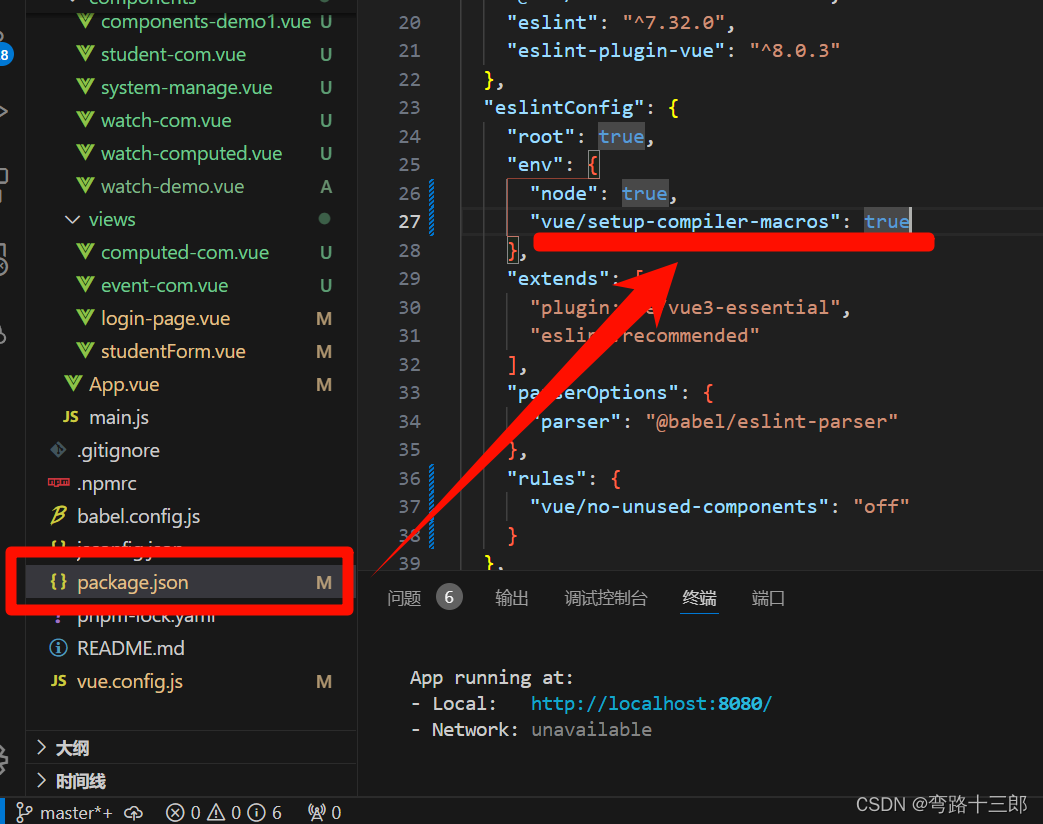

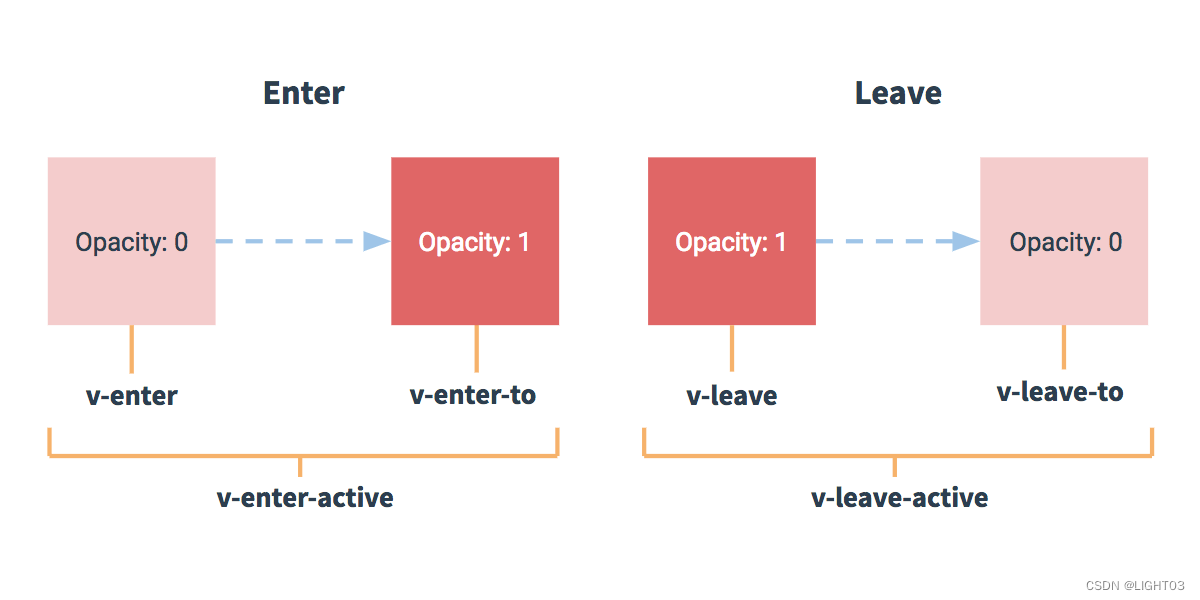
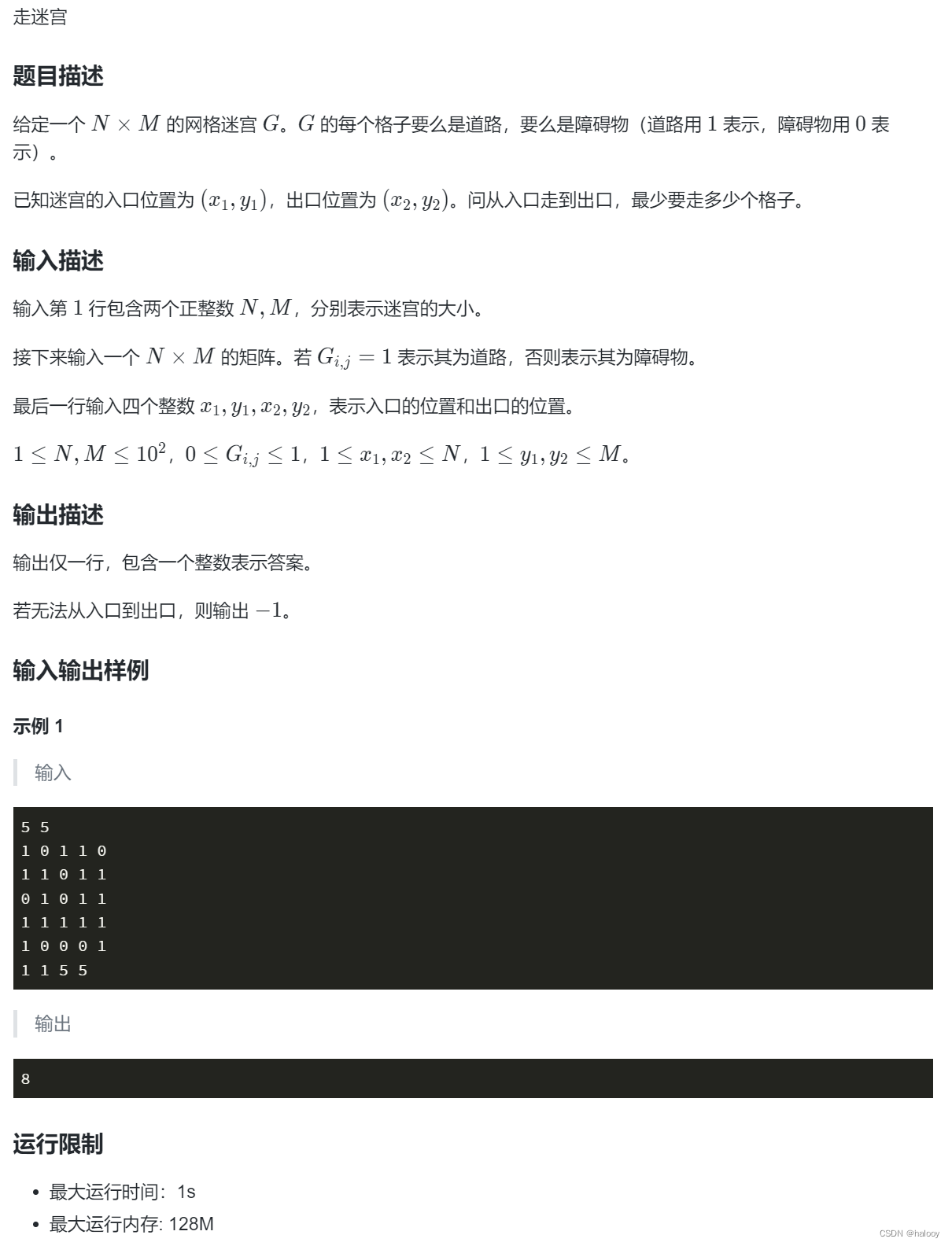


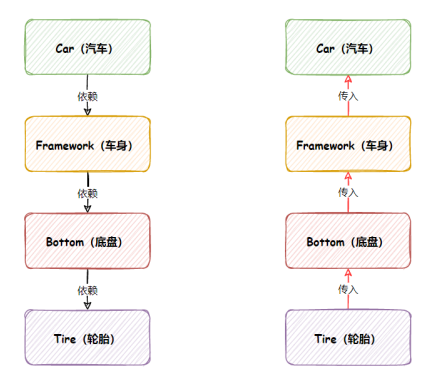

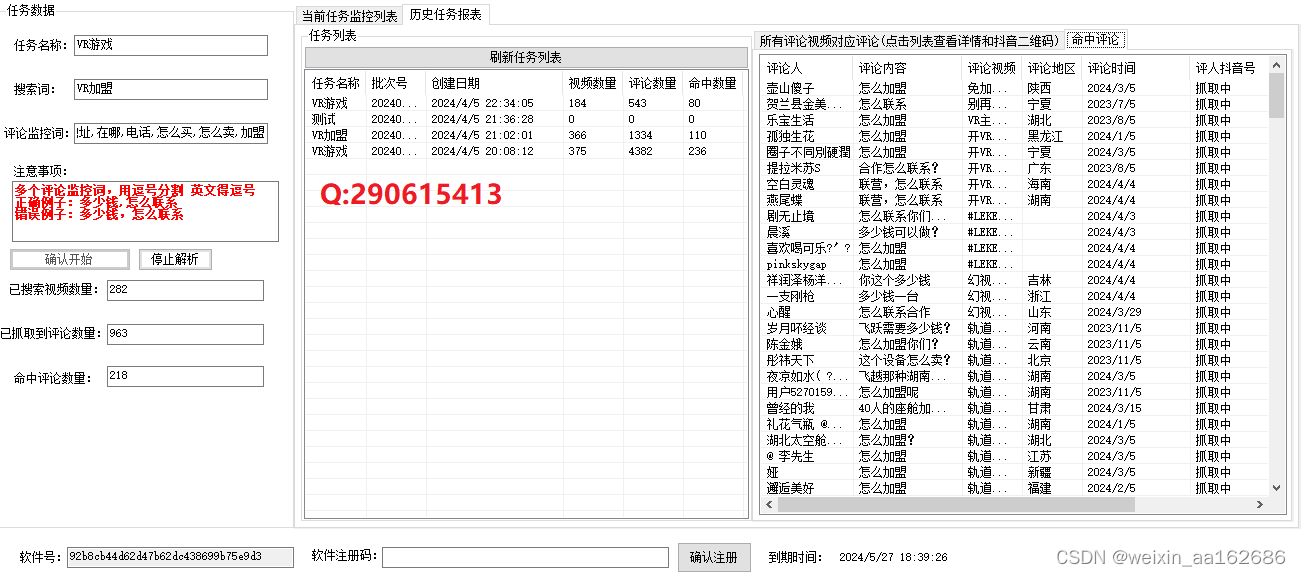

![[23年蓝桥杯H题] 合并石子](https://img-blog.csdnimg.cn/direct/b4144db664274035acedfce51ebead4d.png)


